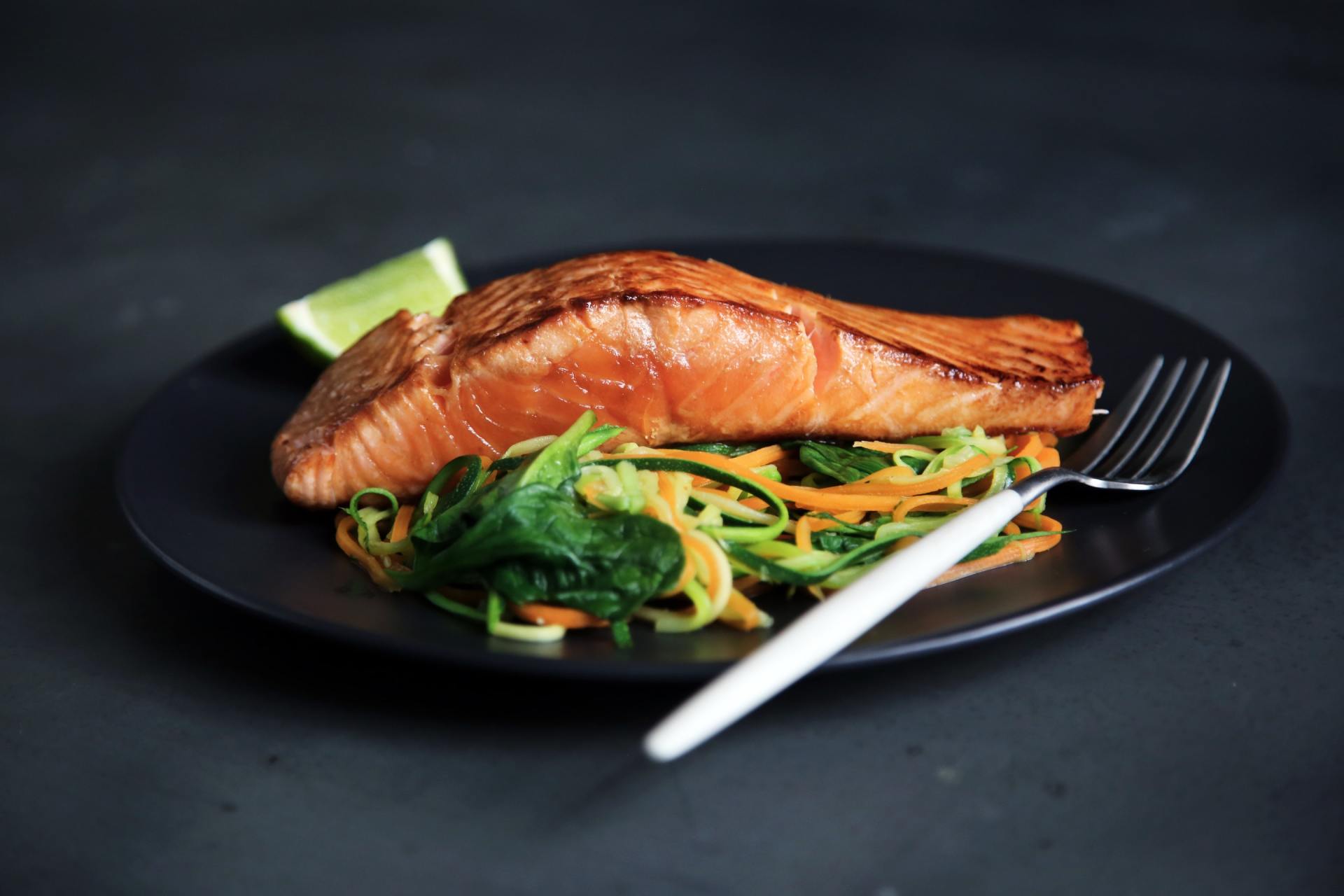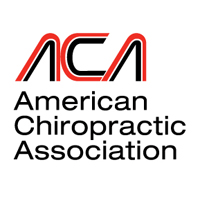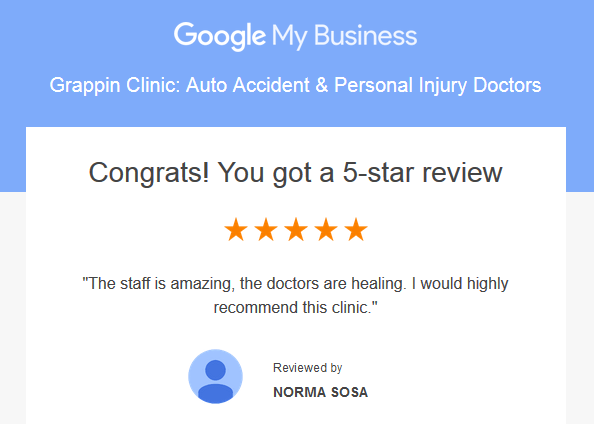Foods that Help Protect Your Eyes
- By Grappin Clinic
- •
- 16 Feb, 2021
- •
Foods for Eye Health

The eyes are the window to the soul. You've probably heard this saying before. The eyes are also your personal window to view the colorful world around you. Preserving your vision is important and you can help with the very foods you choose to eat each day. Without protection, you run the risk of developing different eye diseases such as age-related macular degeneration.
The American Optometric Association (AOA) recommends a diet abundant in lutein and zeaxanthin, essential fatty acids, vitamin C (also known as ascorbic acid), zinc, and vitamin E for protecting your eyes.
Lutein and Zeaxanthin
Lutein and zeaxanthin are nutrients that have been found to reduce the risk of chronic eye diseases, including age-related macular degeneration (AMD) and cataracts. These nutrients are primarily found in dark green leafy vegetables, such as kale, collard greens, and turnip greens. They are also present in lesser amounts in corn, broccoli, green beans, peas, Brussels sprouts, cabbage, orange peppers, persimmons, kiwi, honeydew, and tangerines.
Essential Fatty Acids
The fatty acids Omega-3 and Omega-6 are considered essential because your body does not make them and therefore, you need to get them from your diet. These fats are important for maintaining the central nervous system and maintaining proper eye function.
Vitamin C (Ascorbic Acid)
Vitamin C is an antioxidant, which means it protects the body's cells against damage from free radicals which are unstable molecules that the body produces because of environmental exposure and other factors. This protection helps to slow the process of macular degeneration and vision loss.
Zinc
Zinc is important for transporting vitamin A from the liver to the retina of the eye. In the retina, it helps the eyes produce melanin which protects the eyes.
Vitamin E
Vitamin E is another antioxidant working to protect the eyes by sparing the body's cells from damage by free radicals.
The American Optometric Association (AOA) recommends a diet abundant in lutein and zeaxanthin, essential fatty acids, vitamin C (also known as ascorbic acid), zinc, and vitamin E for protecting your eyes.
Lutein and Zeaxanthin
Lutein and zeaxanthin are nutrients that have been found to reduce the risk of chronic eye diseases, including age-related macular degeneration (AMD) and cataracts. These nutrients are primarily found in dark green leafy vegetables, such as kale, collard greens, and turnip greens. They are also present in lesser amounts in corn, broccoli, green beans, peas, Brussels sprouts, cabbage, orange peppers, persimmons, kiwi, honeydew, and tangerines.
Essential Fatty Acids
The fatty acids Omega-3 and Omega-6 are considered essential because your body does not make them and therefore, you need to get them from your diet. These fats are important for maintaining the central nervous system and maintaining proper eye function.
Vitamin C (Ascorbic Acid)
Vitamin C is an antioxidant, which means it protects the body's cells against damage from free radicals which are unstable molecules that the body produces because of environmental exposure and other factors. This protection helps to slow the process of macular degeneration and vision loss.
Zinc
Zinc is important for transporting vitamin A from the liver to the retina of the eye. In the retina, it helps the eyes produce melanin which protects the eyes.
Vitamin E
Vitamin E is another antioxidant working to protect the eyes by sparing the body's cells from damage by free radicals.

Choosing foods abundant in some or all of these nutrients is a great way to eat for your eyes health. Keep reading to find out some examples of these foods.
Foods Good for Eye Health:
The Honorable Mention: Carotenoids
Carotenoids are the colorful pigment found in many fresh fruits and vegetables which help to protect your eyes. They are what give carrots their bright orange color or tomatoes their vibrant red.
How to incorporate carotenoids into your daily diet:
To maximize the benefits from your intake of carotenoids, the USDA suggests that lutein and zeaxanthin-containing foods are most beneficial when steamed or microwaved.
About the author: Bonnie R. Giller is a Registered and Certified Dietitian Nutritionist, Certified Diabetes Educator and Certified Intuitive Eating Counselor. She helps chronic dieters, emotional eaters, and people with medical conditions like diabetes, break the spell that diets have over them and reclaim WholeBody Trust™ so they can live their life to the fullest. She does this by creating a tailored solution that combines the three pillars of WholeBody Trust™: Mind Trust, Hunger Trust and Food Trust™.
Foods Good for Eye Health:
- Kale
- Collard Greens
- Lentils
- Spinach
- Hemp seeds
- Turnip Greens
- Broccoli
- Spinach
- Brazil nuts
- Zucchini
- Beef
- Peas
- Cashews
- Corn
- Romaine Lettuce
- Eggs
- Chia seeds
- Brussels Sprouts
- Fish
- Walnuts
The Honorable Mention: Carotenoids
Carotenoids are the colorful pigment found in many fresh fruits and vegetables which help to protect your eyes. They are what give carrots their bright orange color or tomatoes their vibrant red.
How to incorporate carotenoids into your daily diet:
- Broccoli salad with walnuts and cashews
- Steam spinach with garlic for 2 to 4 minutes
- Scrambled eggs with broccoli chunks
- Corn/ green pea salad
- Coleslaw salad, using green cabbage and low fat mayonnaise
To maximize the benefits from your intake of carotenoids, the USDA suggests that lutein and zeaxanthin-containing foods are most beneficial when steamed or microwaved.
The average American takes in approximately 2 mg of lutein and zeaxanthin per day, compared to the 6 mg per day seen to decrease the risk of developing AMD and cataracts. Consider a multivitamin/mineral containing lutein and zeaxanthin to better meet your needs if unable to through food sources alone. Talk to your physician before starting any nutrition supplements.
.
.
.
About the author: Bonnie R. Giller is a Registered and Certified Dietitian Nutritionist, Certified Diabetes Educator and Certified Intuitive Eating Counselor. She helps chronic dieters, emotional eaters, and people with medical conditions like diabetes, break the spell that diets have over them and reclaim WholeBody Trust™ so they can live their life to the fullest. She does this by creating a tailored solution that combines the three pillars of WholeBody Trust™: Mind Trust, Hunger Trust and Food Trust™.
Article Source: http://EzineArticles.com/10305154

There are various types of massage therapies, including sports massage, trigger point massage, deep tissue massage, and Swedish massage. Although these treatments can range in pressure, they all offer invaluable benefits for the body, mind, and spirit. Read on for the top six benefits of massage therapy.

Are you looking for a new, effective way to improve your physical health? Medical massage therapy is here to provide the natural health benefits you need. From optimizing circulation to relieving muscle tension and inflammation, medical massage is a powerful treatment for pain reduction and overall wellness.























